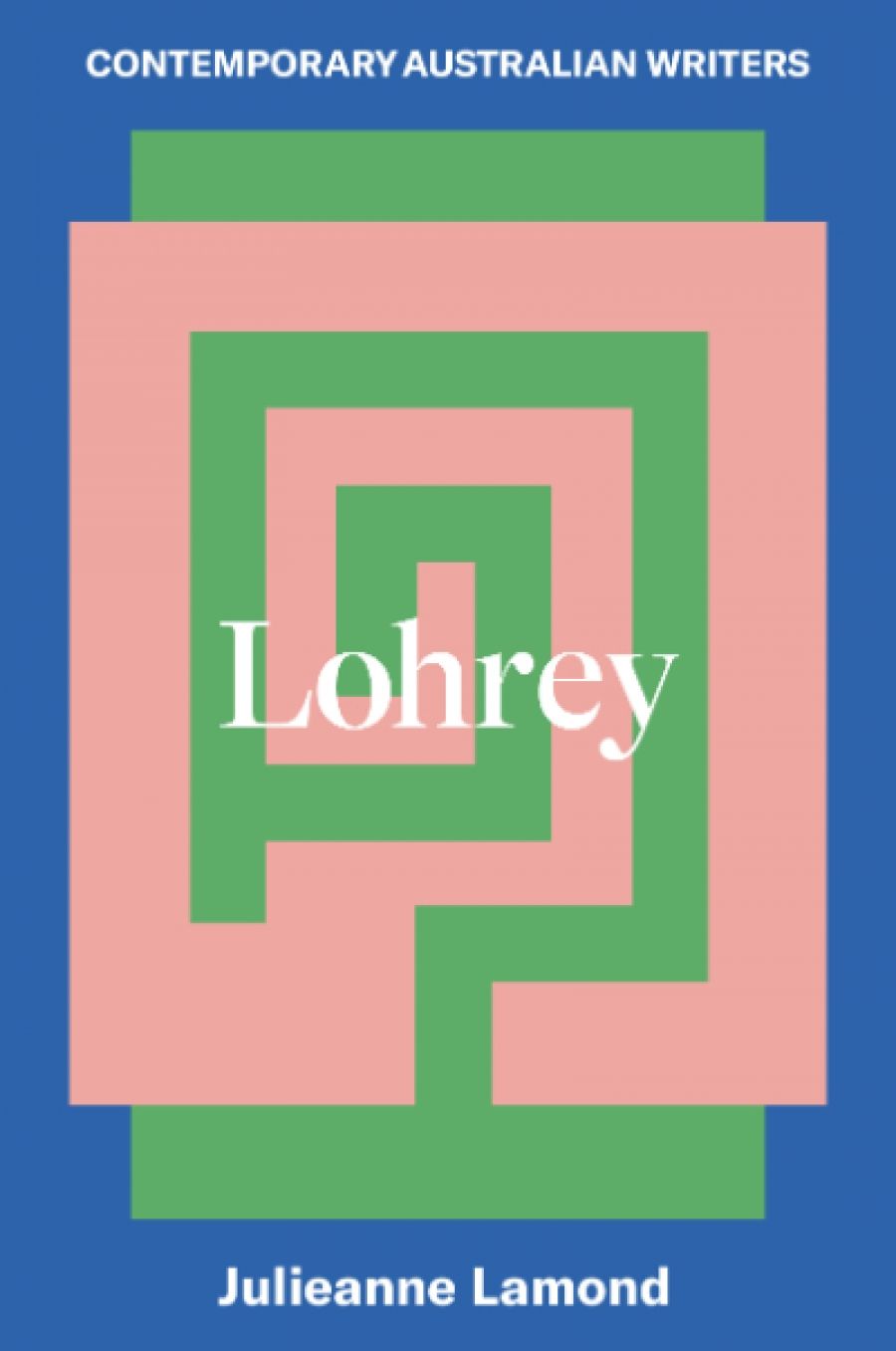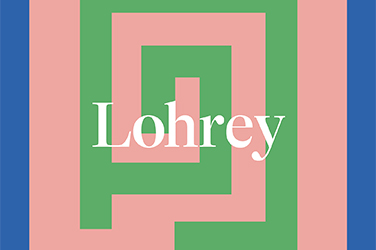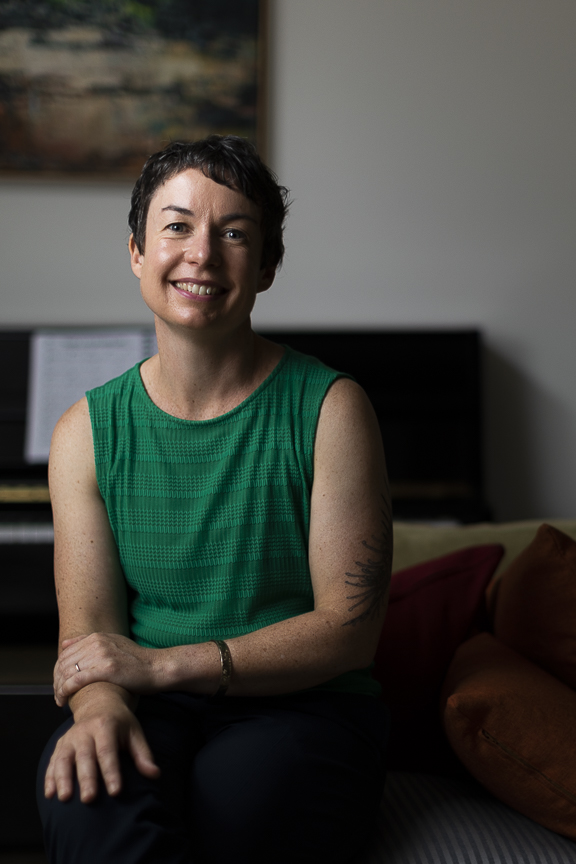
- Free Article: No
- Review Article: Yes
- Article Title: Reworking the narrative
- Article Subtitle: A critical study of Amanda Lohrey’s writing
- Online Only: No
- Custom Highlight Text:
The Labyrinth begins with a woman walking through her childhood home – a decommissioned asylum. In middle age she moves to a run-down house by a wild and dangerous sea, where she notes her vivid and prophetic dreams. The house is convenient because she needs to be close to her son, an imprisoned artist. She befriends a stonemason who offers to carve her a gargoyle (which she refuses). Together they design and build her version of a labyrinth, a prayer or meditation path most famously realised in the great medieval cathedral of Chartres, although Lohrey’s antipodean labyrinth is not a homage to the Chartres labyrinth, or an imitation.
- Featured Image (400px * 250px):

- Alt Tag (Featured Image): Brenda Walker reviews 'Lohrey' by Julieanne Lamond
- Book 1 Title: Lohrey
- Book 1 Biblio: The Miegunyah Press, $29.99 pb, 173 pp
- Book 1 Readings Link: booktopia.kh4ffx.net/9WYXqj
The novel is seemingly Gothic, but just as Lohrey’s character Erica applies her hard-edged survivor’s eye to the construction of an actual labyrinth that answers her requirements, so Lohrey’s Miles Franklin Literary Award-winning novel takes the gothic and remakes it in a tough and tailor-made form for our time and our place. The result is a story about the deep resilience of a determined woman, living in a rational and creative way with a bad hand of cards. In this novel the paranormal can flourish where it belongs – in dreams – but the daylight world is all about geometry and splicing cheap stone into the low walls that will guide both eye and footfall into a pathway that ends in a seat by a fire.
 Julieanne Lamond (photograph via ANU)
Julieanne Lamond (photograph via ANU)
The novel (reviewed by Morag Fraser in the October 2020 issue of ABR) is superb: thoughtful, socially astute, and engaged, in a most sophisticated way, with literary form. This is unsurprising. Lohrey’s earlier novels and her non-fiction show a similar level of distinctive and original formal engagement. Her innovation usually manifests as a command of traditional varieties of narrative, which she reworks to suit her purposes. Charlotte Wood describes Lohrey as a ‘naturally independent thinker’; her fiction demonstrates that she is also an observant and formidable reader who transforms literary designs rather as Erica remakes the design of her labyrinth.
The success of The Labyrinth, which won the 2021 Prime Minister’s Literary Award for fiction and the wonderfully named Voss Prize (which has no association with White), will direct many back to her six earlier novels and her considerable body of non-fiction: reviews and extended essays on subjects of political importance. Julieanne Lamond’s critical study Lohrey, part of an MUP initiative designed to showcase Australian writing, will consolidate Lohrey’s significance.
In the introduction, Lamond offers a summation of Lohrey’s writing and an account of its shaping influences: ‘Lohrey is always looking both outwards and inwards: to political, social and economic structures and how they shape the possibilities and experiences of our inner lives. As chronicles of lived experience in Australia across four decades, her books are strongly tethered to the material world of institutions and money and the everyday. At the same time, they are interested in the role of that which we do not understand in driving and sustaining us.’
Politics and religion are crucial in Lohrey’s work. As a child, Lohrey was encouraged by the men in her family to read within the literature of class consciousness: A Short History of the Communist Party of the Soviet Union was one of her grandfather’s recommendations. Lohrey was also being educated by nuns with fantastically repressive views. The religious and political tensions of the 1950s – she was born in 1947 – must have been immediate for her, but she considered or evaded them, developing an intellectual independence that is visible in all her work. Lamond feels a kinship with Lohrey, partly it seems on the basis of a shared religious education, partly because her own job as a political staffer resulted in her being attuned to Lohrey’s political sensibility. Lohrey is aware of the specificity of politics – the ‘political, social and economic structures’ identified by Lamond. Yet a desire for personal significance which transcends material necessity and an impulse toward transformation and self-transformation are also strongly apparent in Lohrey’s fiction. Perhaps this frustrated those reviewers who expected a certain kind of political focus, but Lamond recognises that transformation narratives arise from particular conditions. They have a political dimension.
Lamond divides her study into four thematic categories. First, she discusses the issue of transformation: ‘Lohrey’s fiction examines shifts not just in social practices but also in human consciousness over the past four decades. Perhaps the most profound of such shifts is the interior life of spiritual belief and experience.’ This is contextualised as part of a community disengagement, in Australia, from conventional politics. The second section considers Lohrey’s fictional critique of a disabling kind of masculinity, a ‘damaging masculinity’ that requires impossible feats of effort and competitiveness from men who have been harmed or even brutalised by other men. A chapter on Lohrey’s environmental concerns opens into a fine discussion of how dysfunctional imported traditions of the pastoral can be. Finally, Lamond writes about Lohrey’s use of reading as a complicated and variable point of connection, especially with the past.
The book finishes with an extended interview – a two-year-long conversation conducted in person and on email, that gives us a sense of the underpinnings of Lohrey’s work: ‘I want a lot from a novel. I want a rich subtext but I also want a plot. I like a story. I like to wonder what’s going to happen next, and in that sense I like the writing to be ahead of me. And to feel, oh of course! You don’t see the developments coming.’ Lohrey speaks of the pleasure of being ‘skilfully ambushed by a master storyteller’. This originality within recognisable form, an originality which often includes unexpected insights as well as unpredictable events, is one of the features of Lohrey’s own writing.
The interview, which allows Lohrey to speak from within a study of her work, is consistent with a book that gives the critic herself a voice. Lamond inserts her own experiences: education, work, responses to environmental catastrophes, film, teaching – and this grounds her criticism in the personal. How wonderful it would have been to be a fly on the wall as her students put together ‘a mashup fan fiction’ of Melissa Lucashenko and Christina Stead. Lamond provides a dynamic form of criticism, a presence within the text that is as welcome as her understanding of Lohrey’s books and their place in Australian life and politics. Lohrey is a necessary consideration of Amanda Lohrey’s writing and an indication of the health of Australian literary studies, if Julieanne Lamond is an example of how well our generation of younger critics perform.


Comments powered by CComment